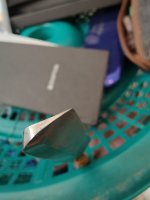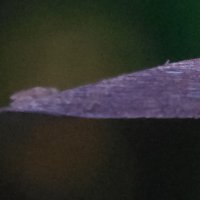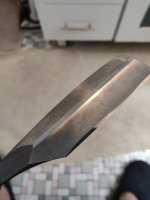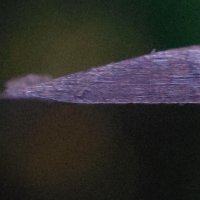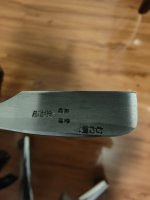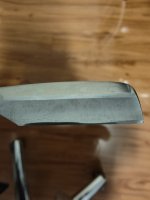Hi everyone,
I have been trying to get a new kamisori to be shave ready and by training to imitate some YouTube videos with no luck. I've been trying to set a bevel with a shapton 2000 glass stone and before I get rid of even more metal I thought of trying my luck for advice. Not sure if there's anything equivalent to the burr method for kamisoris. I've attached photos if it's any help.
I have been trying to get a new kamisori to be shave ready and by training to imitate some YouTube videos with no luck. I've been trying to set a bevel with a shapton 2000 glass stone and before I get rid of even more metal I thought of trying my luck for advice. Not sure if there's anything equivalent to the burr method for kamisoris. I've attached photos if it's any help.
